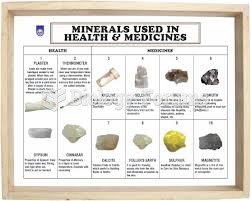Answer to Question 1
ANS: D
Specific risks to a patient's safety within the health care environment include falls, patient-inherent accidents, procedure-related accidents, and equipment-related accidents. Wet floors contribute to falls, pinching finger in door is patient inherent, failure to use the lift is procedure related, and an alarm not functioning properly is equipment related. Tile floors and carpeted or dirty floors do not necessarily contribute to falls. Cold food, ice machine empty, and hallways blocked are not patient-inherent issues in the hospital setting but are more of patient satisfaction, infection control, or fire safety issues. Scratchy linen, unlocked supply cabinet, and medication room locked are not procedure-related accidents. These are patient satisfaction issues and control of supply issues and are examples of actually following a procedure correctly. Noisy alarms, call light within reach, and alarms set are not equipment-related accidents but are examples of following a procedure correctly.
Answer to Question 2
ANS: A
The ability to hear safety alerts and seek shelter is imperative to life safety. Decreased hearing acuity alters the ability to hear emergency vehicle sirens. Natural disasters such as floods, tsunamis, hurricanes, tornadoes, and wildfires are major causes of death and injury. Although age-related changes may cause a decrease in sight that affects reading, and although tasting is impaired and opening jars as arthritis sets in are important to patients and to those caring for them, being able to hear safety alerts is the most important.







